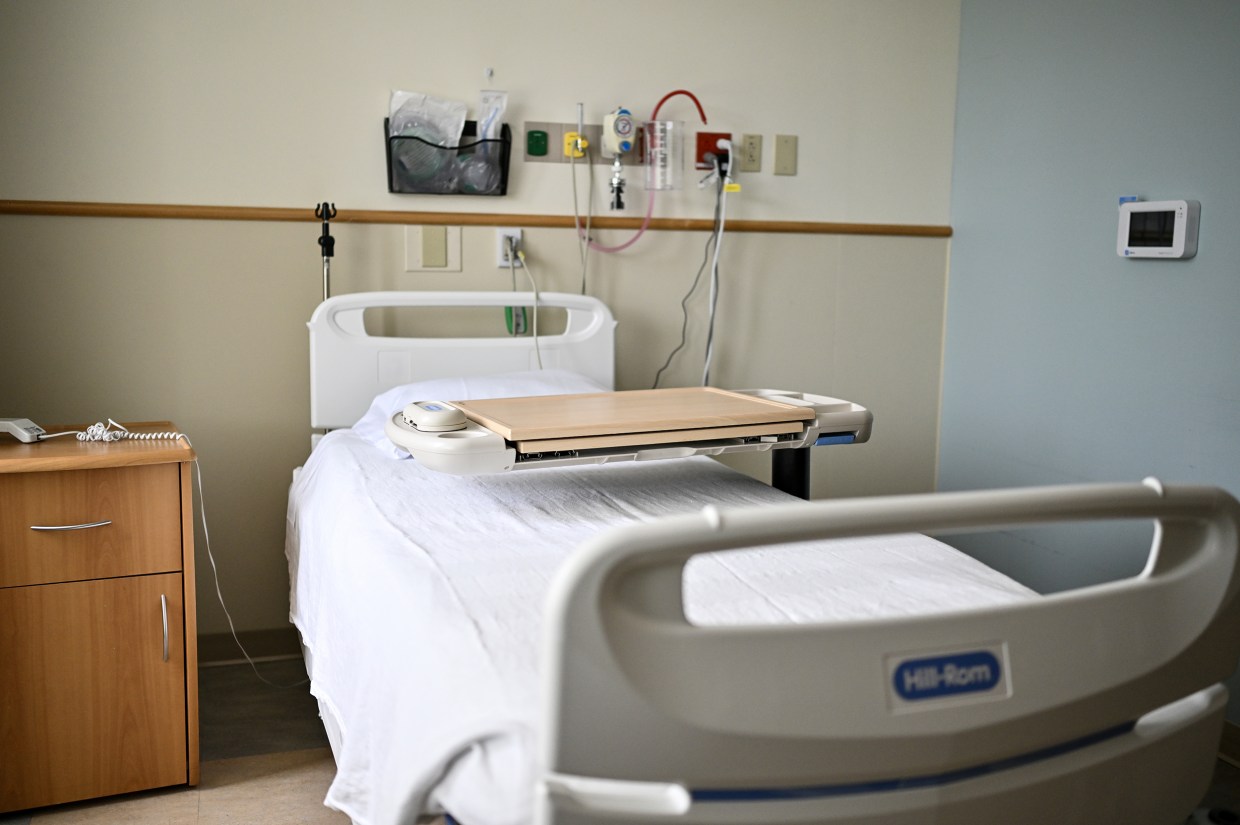A recent study examining the financial breakdown of Medicaid has found that emergency Medicaid spending constitutes a surprisingly small portion of the overall expenditures. While Medicaid is widely recognized as a vital safety net for low-income individuals and families, the portion dedicated to emergency care remains relatively low. The research, which looked at Medicaid’s total expenses over a defined period, highlights the complexity of the program’s financial allocation, pointing to the importance of understanding the broader scope of Medicaid’s funding distribution.
Comprehending Medicaid’s function within the United States healthcare framework
Medicaid, a major public health program in the United States, assists millions of people with low incomes by offering crucial healthcare services. These services include everything from regular medical exams to significant health procedures. The program incurs significant costs due to its wide range of services, addressing various healthcare demands. Interestingly, although Medicaid is commonly linked with emergency healthcare, research indicates that under 1% of its total spending is devoted to emergency medical services.
Understanding the financial structure of Medicaid is essential for policymakers, healthcare providers, and the public. The revelation about emergency spending may alter perceptions of Medicaid’s priorities and usage, especially given that many people perceive emergency services as a central part of the program’s offerings. However, this study challenges that assumption, shedding light on how Medicaid’s funds are actually spent and where the majority of resources are directed.
Why emergency services represent a small portion of costs
The healthcare system in the U.S. is complex, and Medicaid plays a significant role in supporting individuals who otherwise might not have access to necessary medical care. However, it’s important to recognize that the program’s financial resources are stretched across a wide range of services, not just emergency care. For instance, a significant portion of Medicaid’s budget goes toward long-term care services, prescription drug coverage, and preventative health services, which are often more cost-intensive than emergency treatments.
Although urgent services play a vital role, particularly for individuals requiring immediate attention, they only constitute a small part of the costs covered by Medicaid. While emergency treatment is generally brief, the prolonged needs of Medicaid beneficiaries, especially seniors and those with disabilities, necessitate a more substantial allocation of the budget. This encompasses hospitalizations, long-term care facilities, and other extended services necessitating continuous financial backing.
The minimal portion of funds directed towards emergency situations prompts inquiries about how accessible emergency healthcare services are under Medicaid. Certain critics suggest that the modest ratio of spending on emergencies might indicate a diminished emphasis on urgent care precisely when individuals require it the most. On the other hand, some might contend that the way resources are distributed mirrors a larger pattern in the healthcare system, where urgent services, despite their importance, frequently serve as a reactive approach instead of a preventive strategy.
Implications for Medicaid’s future funding and priorities
The findings of this study could have important implications for how Medicaid funding is allocated in the future. If a significant portion of the program’s budget is not going toward emergency care, policymakers may need to rethink how to balance immediate healthcare needs with long-term care needs. This could lead to adjustments in funding priorities to ensure that both emergency and ongoing care are sufficiently supported, preventing potential gaps in the system.
The challenge will be to maintain Medicaid’s ability to provide emergency care when necessary while ensuring the program’s long-term sustainability. As healthcare continues to evolve in the U.S., understanding the financial distribution of programs like Medicaid will be crucial for making informed decisions about how to best serve the needs of vulnerable populations.
An expanded perspective on Medicaid’s effects
The discovery that emergency Medicaid expenditures account for under 1% of the program’s overall costs highlights the intricate nature of Medicaid’s funding framework. Although emergency services are crucial, Medicaid predominantly emphasizes a range of offerings aimed at meeting sustained health demands. According to the study, it is vital for decision-makers and involved parties to persist in analyzing how funds are distributed within the program to guarantee the effective satisfaction of both urgent and prolonged care requirements.


:max_bytes(150000):strip_icc()/grouptherapy-5a492739eb4d52003730a56d.jpg)

